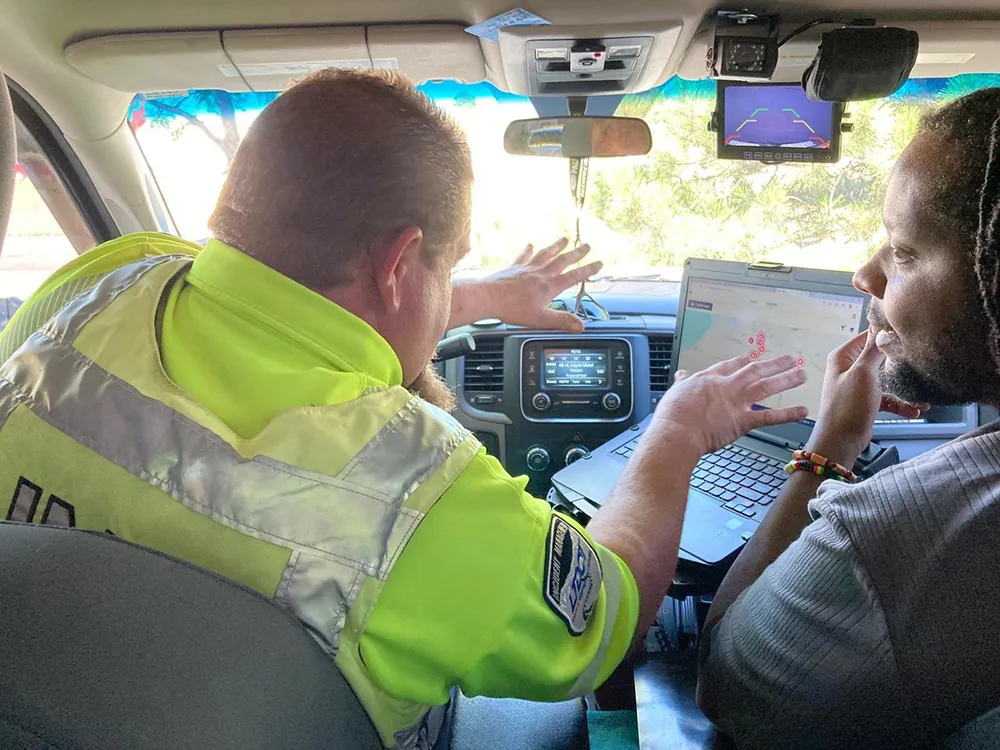Gridsmart Technologies returns to Traffex this year to discuss its new innovations and international approvals, especially the UK Highways Agency and RTA Victoria certification for its Gridsmart single-camera, tracking-based vision solution for actuation and data collection at intersections and on highways.
With the release of Gridsmart 5.0, the company is introducing Gridsmart Cloud, which allows traffic professionals to use laptop computers to design, organise, configure and manage intersections exact
April 17, 2015
Read time: 2 mins
Gridsmart Technologies returns to 136 Traffex this year to discuss its new innovations and international approvals, especially the 1841 UK Highways Agency and RTA Victoria certification for its Gridsmart single-camera, tracking-based vision solution for actuation and data collection at intersections and on highways.
With the release of Gridsmart 5.0, the company is introducing Gridsmart Cloud, which allows traffic professionals to use laptop computers to design, organise, configure and manage intersections exactly as they want, and not how the product dictates it should be.
With Gridsmart Cloud, the design is protected and secured each time their laptop connects to the internet, as well as synchronised with other professionals who may be working on the design. Training on using Cloud typically takes 30 minutes or less.
“With Gridsmart Cloud, no time is spent considering how to back up or synchronise configurations between users,” said Dr Jeffery Price, chief of Technology. “With large deployments our partners have multiple technicians designing and configuring intersections, highways, and other data collection sites. Gridsmart’s history feature and revert functionality has always remembered their work, enabling multiple plan options and numerous generations of change history. Now, each professional’s work is safely stored in Cloud automatically and can be shared with their co-workers simply by connecting to the internet,” concludes Price.
With the release of Gridsmart 5.0, the company is introducing Gridsmart Cloud, which allows traffic professionals to use laptop computers to design, organise, configure and manage intersections exactly as they want, and not how the product dictates it should be.
With Gridsmart Cloud, the design is protected and secured each time their laptop connects to the internet, as well as synchronised with other professionals who may be working on the design. Training on using Cloud typically takes 30 minutes or less.
“With Gridsmart Cloud, no time is spent considering how to back up or synchronise configurations between users,” said Dr Jeffery Price, chief of Technology. “With large deployments our partners have multiple technicians designing and configuring intersections, highways, and other data collection sites. Gridsmart’s history feature and revert functionality has always remembered their work, enabling multiple plan options and numerous generations of change history. Now, each professional’s work is safely stored in Cloud automatically and can be shared with their co-workers simply by connecting to the internet,” concludes Price.










